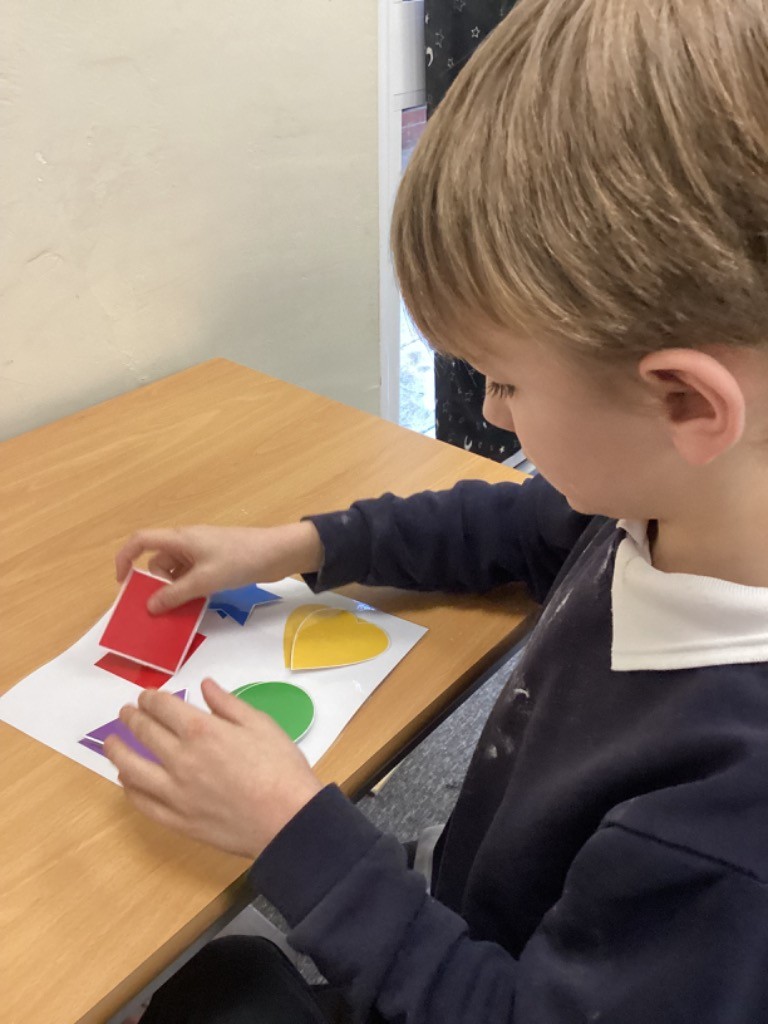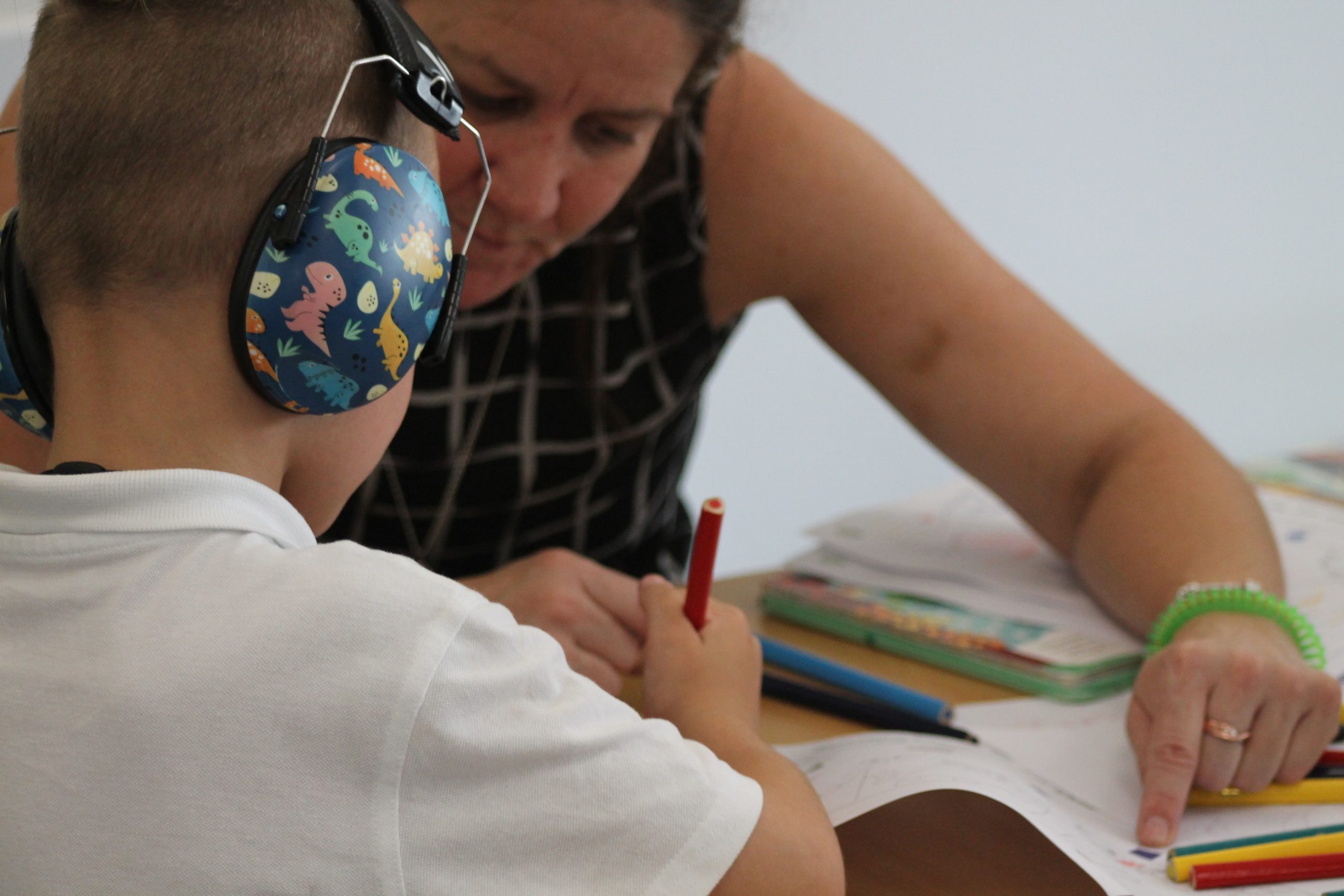Curriculum Principles
At Newstead Academy our curriculum is designed to ensure that our children achieve their full potential through access to an ambitious, broad and well developed curriculum. We aim for our curriculum to express our aim of ambition without limits, this encompasses a curriculum that is tailored to individual need as well as structured through set learning intentions and aims.
We use Cornerstones as the curriculum planning tool to ensure that we are providing the best possible experience to ensure high outcomes for our children. Our decision to purchase Cornerstones is evidence based. We conducted various research activities and spent time looking at available curriculums and assessed these based on how they aligned with the needs of our children. Cornerstones allows us to ensure we are achieving coverage of key curriculum points, work focused on life skills and that we are delivering a curriculum that engages and motivates our children.
The curriculum at Newstead is not just the sequence of learning that we follow, it comprises of;
- The content and structure of the curriculum – what is taught, when and why. Our curriculum is progressive but is also designed as a spiral in order to facilitate regular retrieval and revisiting of key facts. The curriculum is structured around our ‘big ideas’ which are used to engage, inspire and motivate our children.
- Effective pedagogical delivery- our staff all understand what an effective model for learning is and how this may look for each individual child in our setting. This includes knowing the interests of our children and shaping delivery towards this.
- Understanding child development- we place a high emphasis on a clear and thorough understanding of what a child can do now, what they need in place to attempt next steps of learning and what next steps may look like, including what success looks like in this area. We constantly revisit each child’s current point and discuss as a team steps needed to move forwards.
- Assessment- linked to points above it is crucial that we have regular and accurate assessments of what a child can do so that no time is lost and no learning is missed. We are constantly striving for the next achievement point, the next step and the next marker of progress to ensure that our children are truly achieving.
- Environment- ensuring our environment supports our children and provides the learning experiences, and spaces that they require.
- Visits, visitors, and experiences – a key feature of our curriculum is the experience element of our work. We want to ensure that our children experience the full breadth of curriculum offer and engage in relevant and purposeful experiences with each topic they cover. This may be visitors to the setting, an experience that our staff provide or visits outside of the setting- linked to curriculum aims and themes.


Delivery
We deliver the curriculum at Newstead through the themes contained in the Cornerstones unit. We match the unit to the knowledge, skills and understanding of each class. Our classes are organised based on need of the children rather than chronological age to ensure that we have a clear and accurate fit. Our teachers use the Cornerstones lesson units and plans as a base and then adapt the lesson, and delivery of this lesson to meet the individual and group needs of their classes. This ensures that cycles of learning are planned to ensure progression but the design of this allows us to create personalised learning for our children.
A key consideration that we take into account is to ensure that our staff know our children well. This ensures that the curriculum for the class, and individual children is tailored towards their expressed need rather than the inferred need. We do not assume what we think we know, we always ensure that our work is pitched accurately through regular assessment to ensure next steps are accurate and that our lesson delivery is responsive to our children and the exact point in time learning.
Our curriculum needs to have ‘flex’ in it, it is an umbrella structure with the children as the starting point and staff need to make confident decisions about the developmental hierarchies that we want to follow- linked to a thorough understanding of child development. The pace is determined by child’s needs but there is a shared understanding that time is not wasted. This is a careful balance and relies on a clear understanding of our children as individuals and the point in time that they are accessing aswell as the shared goal and end point.
We describe this approach as a spiral of inquiry which resembles specific modelling of the graduated approach incorporating adaptive teaching and an adaptive curriculum. Our teachers need to be forensic in their approach to assessment in order to inform flexible teaching and learning. A key factor in this is noticing what our children are learning, how they are responding and how engaged they are in order to shape effective teaching and learning experiences.
Through these approaches we aim to make the knowledge accessible- our staff know our children, they know the subject well and their role is to bring this alive to our children, make it accessible in order to make it achievable. We ensure that presence in the moment is valued and that our staff meet need at the point of that need, not where they think it should be. This is a specific approach and one that requires all staff to be absorbed in their tasks and activities with a child to fully understand the learning that is taking place.


Individualised pathways
In addition to the curriculum detailed above, each child has an individual curriculum that is based on their EHCP and outcomes identified within this. As EHCPs are individual to each child some of the activities that are planned around the outcomes are personalised and delivered on a 1:1 basis. There are some activities that children complete in small groups but this is always led by the provision needed and outcomes. This ensures that on a daily basis children are accessing activities that are tailored to their individual provision ensuring progress towards agreed outcomes.

Reading Curriculum at Newstead
At Newstead Academy we believe that all our children can become fluent readers and writers. This is why we teach reading through Little Wandle Letters and Sounds Revised, which is a systematic and synthetic phonics programme. We teach phonics throughout Newstead Academy and follow the Little Wandle Letters and Sounds Revised progression, which ensures children build on their growing knowledge of the alphabetic code, mastering phonics to read and spell as they move through school. We follow the SEND strand of Little Wandle which has a key focus on appropriate pace and delivery for our pupils. Our pupils may take longer to work through the programme but our aim for all our pupils is to complete the Little Wandle programme.
Subjects On A Page (SOAP)
Subject Leadership across Newstead is a key focus area for the School. Subject Leaders are currently developing their subject knowledge and skills so that this can then cascade to staff facilitating the learning in each of our hives at both Newstead and Newstead Hunningley. Our Subject On A Page (SOAP) documents are the starting point for us as we develop and enhance our current curriculum offer.
